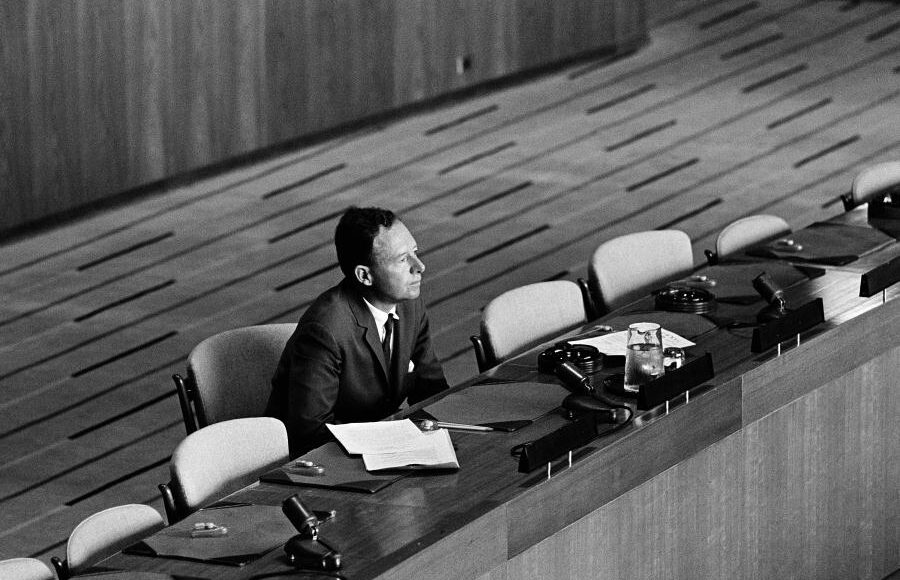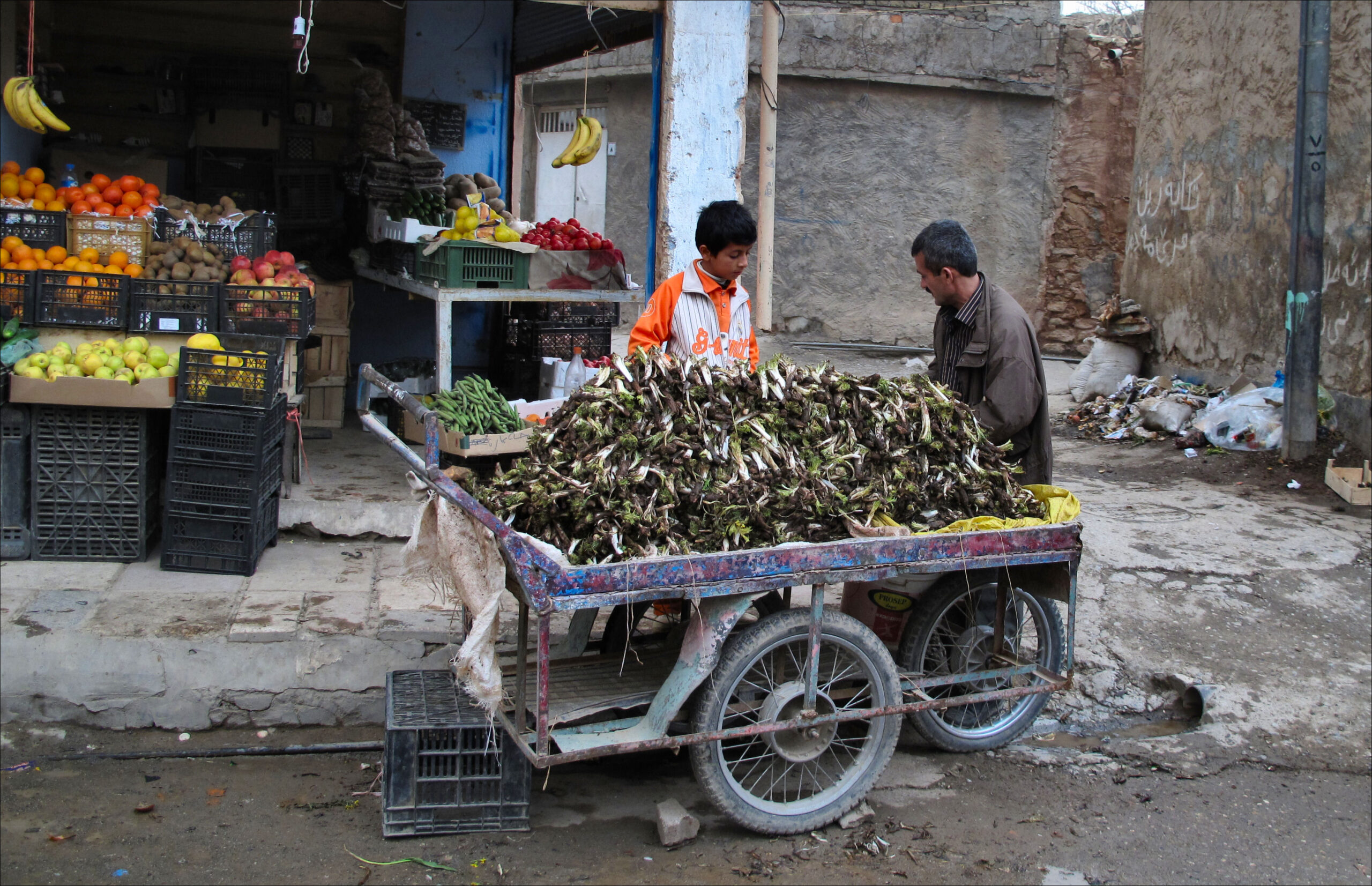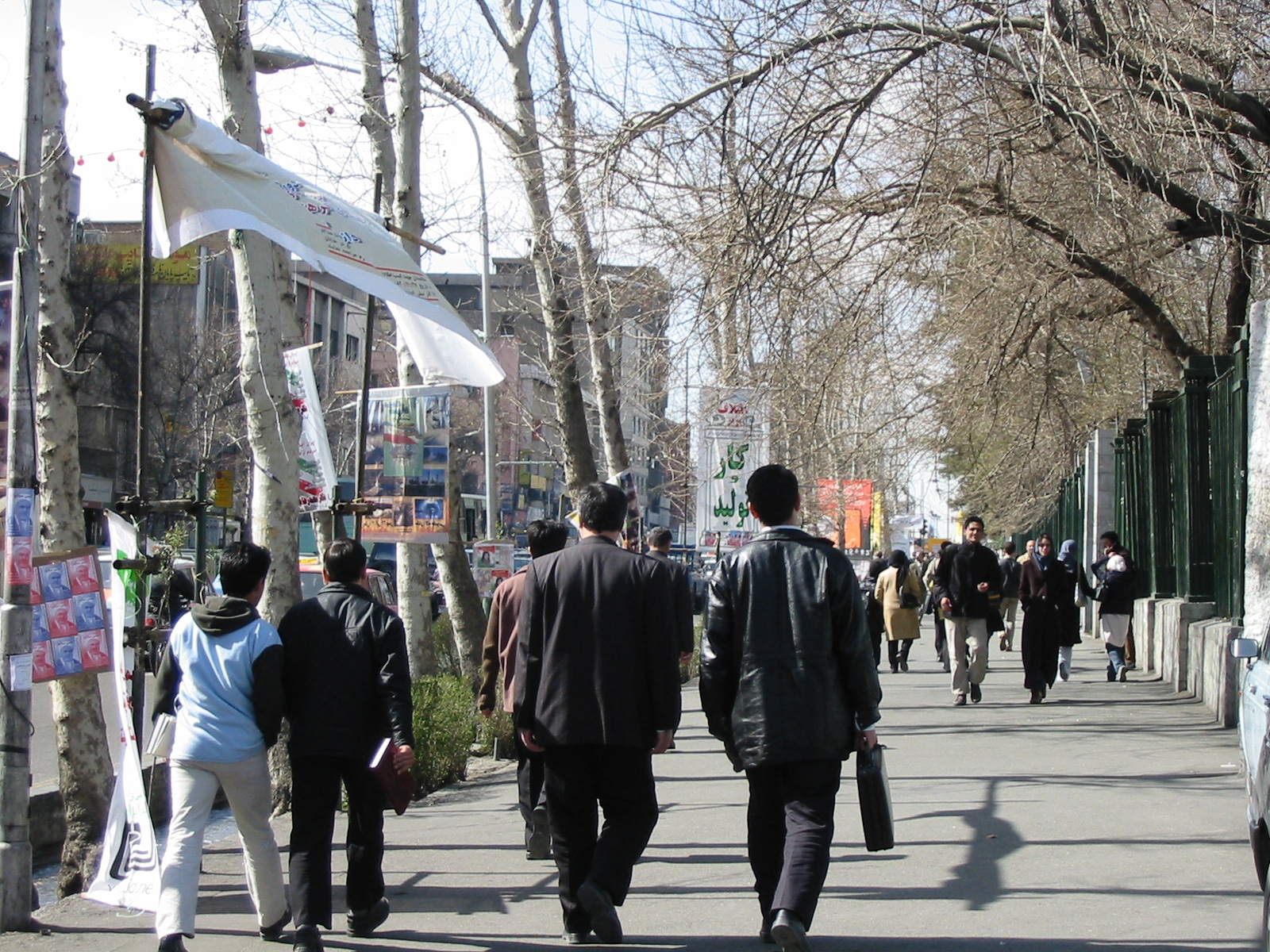Sanctions on Trial: Embargoing in the Wrong Direction

Trading power and the capacity to make deals with other nations are fundamental parts of how a country operates today. No nation or group of nations can provide for its citizens in incomplete isolation, which is why the conversation around sanctions is a crucial one. Economic sanctions and embargoes are a powerful tool that have become an important part of diplomacy. Though the definitions of embargo and sanction vary from situation to situation, in the case of this article the words will be used interchangeably, referring specifically to the restriction of economic activity, trading partners or capabilities of another nation. Additionally, while embargoes can be seen as a less “aggressive” option of denouncing or retaliating, they don’t come without their consequences. Because of the importance of a country’s trade and economic sectors in domestic livelihoods, there is an argument to be made that sanctions, rather than hurting the government and the state, end up disproportionately impacting innocent citizens. By looking at three infamous examples of sanctions, a much clearer picture will emerge, demonstrating that high-level impositions end up trickling down to civilians.
The Cuban embargo
The first country to look at when it comes to sanctions is Cuba, where America’s embargo against the country is a prime example of sanctions harming citizens. During the Cold War, tensions were at an all time high, and implementing overly aggressive strategies would often lead to very close encounters between the Soviet and American blocs, thus leading to the use of embargoes. The embargo on Cuba was a major issue for the small island nation. Not only were they not as developed as other nations after going through a violent revolution, but their largest trading partner, the USSR, was on the other side of the Atlantic Ocean. The real issue with the economic sanctions placed on Cuba came after the collapse of the Soviet Union and the Eastern Bloc. The collapse of their main trading partners led to the crisis of “The Special Period in Time of Peace.” During the Special Period, Cuba would undergo hardships, including a decrease in GDP of 33 per cent and the deterioration of industries such as agriculture, healthcare/sanitation, transportation and pharmaceuticals. Even during this time, the US would continue to impose sanctions on the nation, intensifying them further with the Torricelli and Helms-Burton Acts in 1996.
The true aims of the US sanctions on Cuba were possibly threat reduction or pressure for regime change. However, their purpose remains unclear because of how the sanctions were caught up in a muddled Cold War policy of “containment.” Yet, it is impossible to ignore the fact that these sanctions, originally directed at the nation for its position geopolitically, caused harm and suffering to civilians who inhabited the island. The embargo has been slightly modified in the past two decades, particularly with the Trade Sanction Reform and Export Enhancement Act. This legislation allows certain American agricultural and humanitarian products to be sold to Cuba, though still under strict guidelines. Yet their exact purpose in the modern, post-Cold War era is unclear, especially considering the sanctions’ already well-recognized harm and blatant failure at triggering regime change. The embargoes remaining in effect could be for symbolic values, yet if this is the case, it remains unethical because of its well-recognized harm and blatant failure at achieving its goals.

Sanctions on Iraq
International sanctions, spearheaded by the US, were placed on Iraq from 1990 (after Saddam Hussein’s invasion of Kuwait) to 2003 (after his deposition). The goals of the sanctions (among other actions) were to compel Iraq to leave Kuwait, pay war reparations and foreign debt, and get rid of any Weapons of Mass Destruction (WMDs) while stymying terrorism originating in Iraq. With the Iraqi sanctions, there was a very clear goal put in place that centred around a geopolitical aim. Whether or not one believes that Iraq was promoting terrorism or had WMDs, the truth of the matter is the US aim with this diplomatic move was to get the government to stop pursuing those activities. However, these sanctions banned any and all forms of trade except for humanitarian, food and medical aid which, like in other scenarios, were put under heavy regulation. These kinds of restrictions, especially during times of crisis as shown with Cuba, had devastating impacts on civilians. These sanctions caused the prices of commercial goods to increase beyond reach, triggering food shortages and malnourishment and destroying the stability of healthcare and livelihoods.
Further destabilizing the lives of civilians during a time of crisis is arguably an unethical diplomatic strategy. The “oil-for-food” program, a policy that allowed the Iraqi government to bypass sanctions by trading oil for food and medicine, proved that the US knew its sanctions were impeding access to essential resources. The policy designed to target a dangerous and brutal dictatorship ended up causing suffering for its civilians. So, yet again, even when sanctions as a policy are separated from the tricky history of a conflict, they attempt to achieve a specific political goal by targeting civilians and their livelihoods.

Modern sanctions on Iran
Coming to a more modern period, a similar story begins to emerge with the final case study of Iran. Similar to Cuba, sanctions against Iran are being used as a diplomatic tool to navigate current issues with their nuclear energy program. Similar to Iraq, the issue lies in American-Iranian tensions regarding Iran’s weapons and military capabilities, specifically Iran’s nuclear program and its Revolutionary Guard. The Iranian Nuclear Deal was originally signed in 2015 and exchanged thorough inspections and limitations on enriching technology for relief from international sanctions. However, Donald Trump pulled out of it in 2018, claiming it was a very one-sided deal. Accordingly, the US re-imposed the heavy sanctions. The Iranian Revolutionary Guard is a specific arm of the Iranian military that is much more politically connected and poised to defend the Islamic government and its interests. The US considers them to be sponsors of terrorism and last year assassinated the commander of the Guard’s elite Quds Force, Qassem Soleimani. Though these two issues are under the Iranian government’s jurisdiction, the sanctions imposed by the US government are harming civilians primarily. The reimposed sanctions are limiting access to the same necessities blocked by the other sanctions and is having a huge impact on access to healthcare and medicine. While Iran is not in a crisis like Cuba or Iraq, sanctions are still damaging civilians’ livelihoods and access to basic rights. Once again, civilians, who are fundamentally bystanders, are being hit by the shrapnel of a complex geopolitical battle in the hopes that they take out their frustration on their national government.

The Verdict
Sanctions are not something against which the targeted nations can easily retaliate. The effectiveness of sanctions is skewed such that poorer or unstable developing nations are more affected, yet are unable to retaliate with potent sanctions of their own. It is entirely a tool that is exclusive to high-GDP nations like the US, who have an already powerful sway over global markets. While sanctions might seem like a top-heavy non-confrontational strike on uncooperative, dangerous governments, they very clearly send growing shockwaves across an entire country’s well-being, and the ethics of embargoes remain unclear. To conclude, if the international community wants to continue using sanctions while simultaneously claiming these measures “support peaceful transitions, deter non-constitutional changes, constrain terrorism, protect human rights, and promote non-proliferation,” there needs to be serious reforms in the implementation and design of this diplomatic tool.
Featured image: Petitioner Before Apartheid Committee Suggests Oil Embargo Against South Africa by United Nations Photo is licensed under CC BY-NC-ND 2.0
Edited by Max Clark
